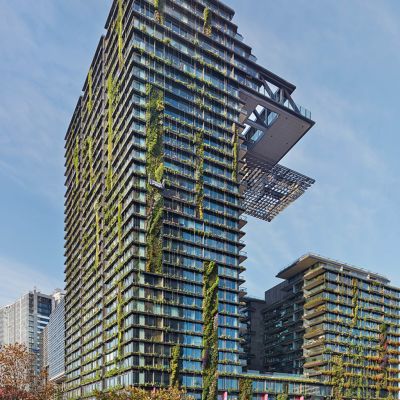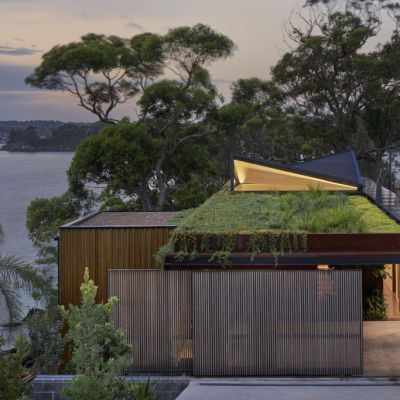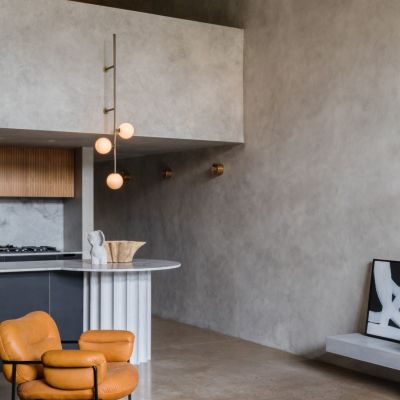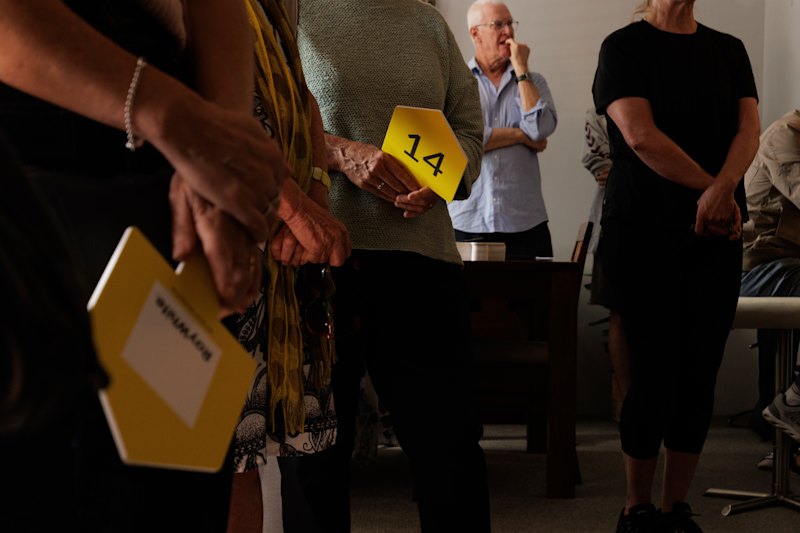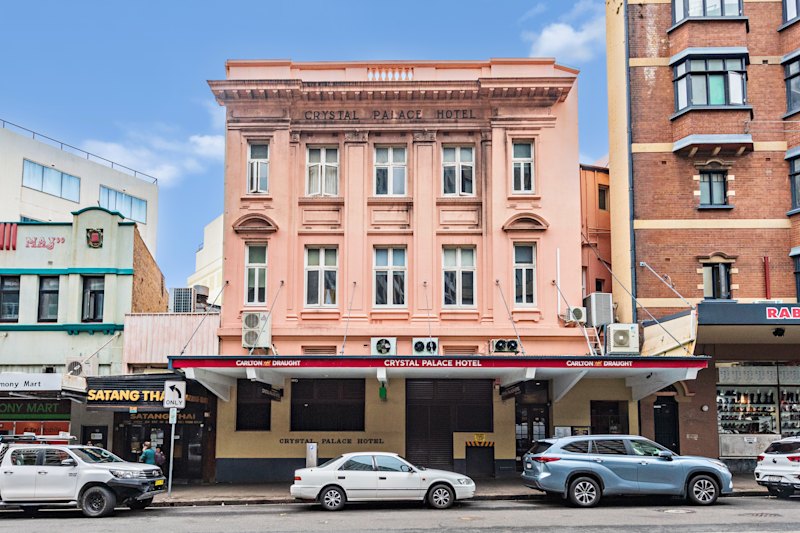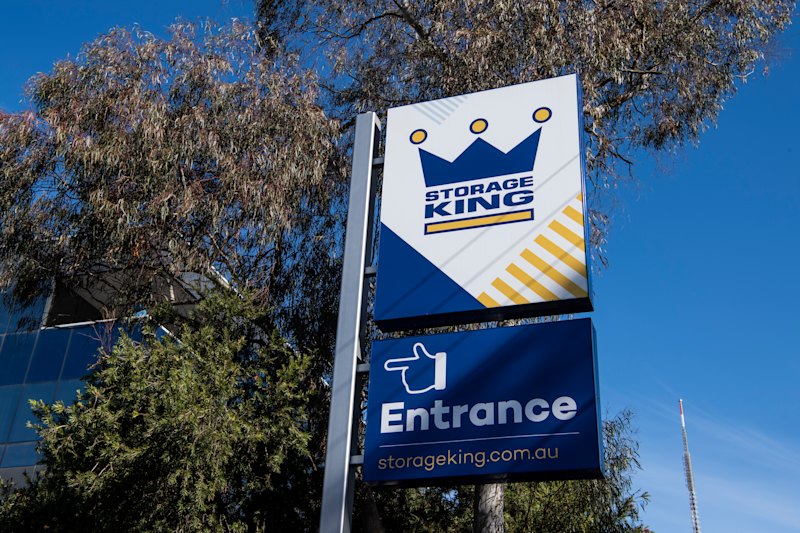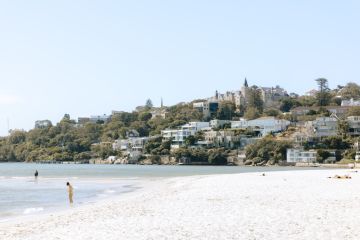Think Brick Awards: Brick seen as a 'safe material' amid apartment worries

Amid Australia’s numerous annual architecture awards, the Think Brick Awards have the biggest cash prizes and the smallest winner’s circle.
Only six $10,000 prizes, one shared this year, were given out at the gala held in Melbourne on Thursday night.
As succinct as this prize pool is, the winning projects neatly summarise some of the major movements occurring in contemporary building design across the country.
They show a funky roof that’s the opposite of the flatness that prevailed for several decades; the use of monumental masonry as a way of tying new buildings into older or heritage environments; and three residential projects where such an enduring material is made to look quite plastic, strangely lightweight or playfully decorative.
Being an event to promote the age-old product of fired clay in brick or roof tile form, the common factor is showing off inventive applications.
And the seven cited projects in the awards’ 13th year – houses, landscapes, commercial buildings and the first timer or “new entrant” prize – do that in quite brilliant ways.
Think Brick chief executive Elizabeth McIntyre, who heads the peak body of a construction industry sector that generates $350 billion of Australia’s GDP, says “every year we’re surprised and get so much inspiration from the way this single material can be used”.
In light of the woes besetting fast-track concrete or tilt-panel apartment constructions, she says there is renewed focus on the reliable solidity of brick-built buildings. “Brick is being seen as a safe material.”
Yet while there’s much talk internationally of the “renaissance of brick”, McIntyre and the architects who love using it have been making buildings of masonry because they recognise it as a timeless, honest material that allows for structures more individually crafted than computer-aided contrived.
GB House on the coast near Clovelly, which won the Holbury Hunt Residential Award, is by one of Sydney’s Italian-trained virtuosos Renato d’Ettorre.
It’s an excellent exemplar of the hard-wearing material laid in such a variety of ways that white glazed bricks make the exterior both super textural and of the seaside, but also appear in parts like a woven fabric.
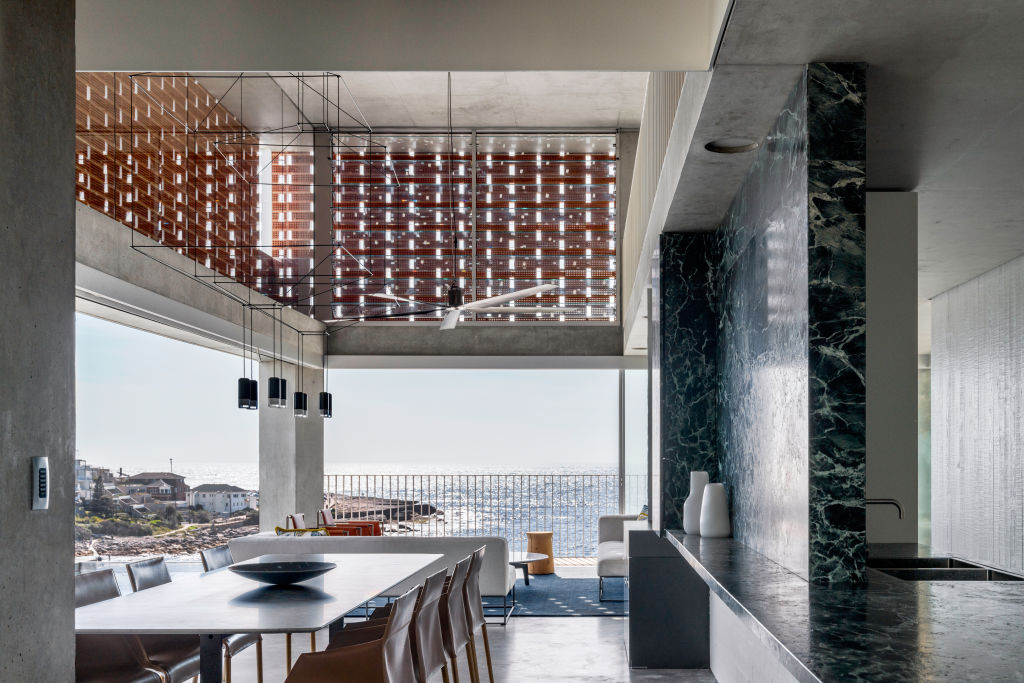
Both inside and out, sections of brick have been laid on their sides to be porous to light and breeze appearing either as fine white breezeblocks or as red terracotta screens.
The jurists decided GB House, which also won this year’s NSW AIA top Wilkinson Awards for Residential Design, “had a diaphanous, translucent quality. The project does things which you just don’t expect with brick.”
Down on Tasmania’s Derwent River, Otago Bay House by Melbourne’s Topology Studio won the Kevin Borland Masonry Award.
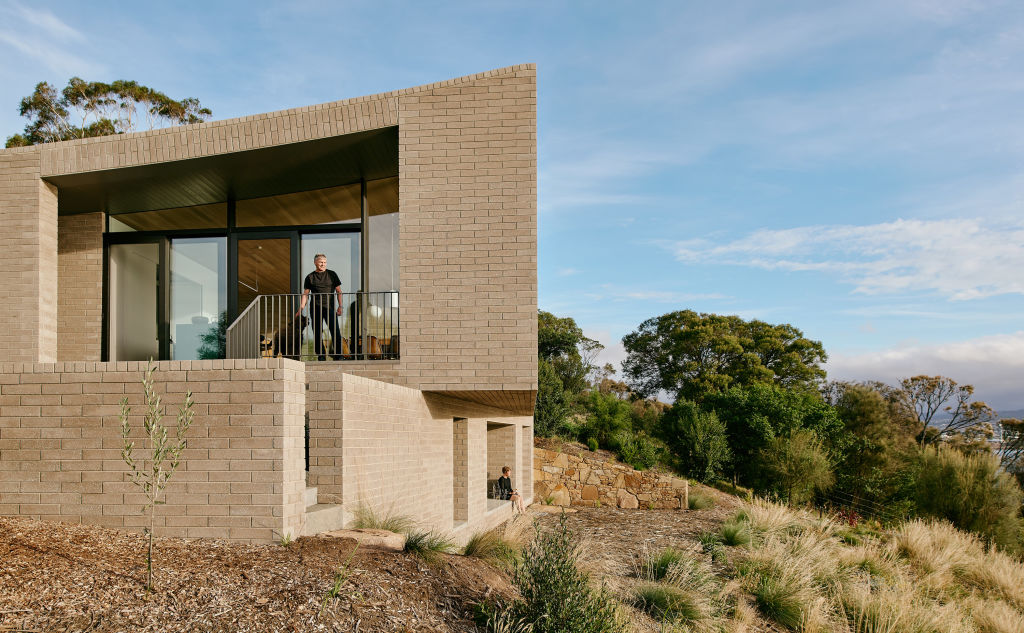
It is just as apparently multi-grained under different daylight exposures but is more about solidity and substance in an exposed setting.
Made of locally-sourced bricks that suit the tonality of the terrain, and replete with courtyards, colonnades, ledges and terraces, the jury called it “an incredibly resolved project” with “a thorough understanding of the constraints and possibilities of masonry”.
The New Entrant winner, 1&2 House by Newcastle’s Curious Practice, needed to raise the living floor above a flood plain and did so with heavy-weight blockwork.
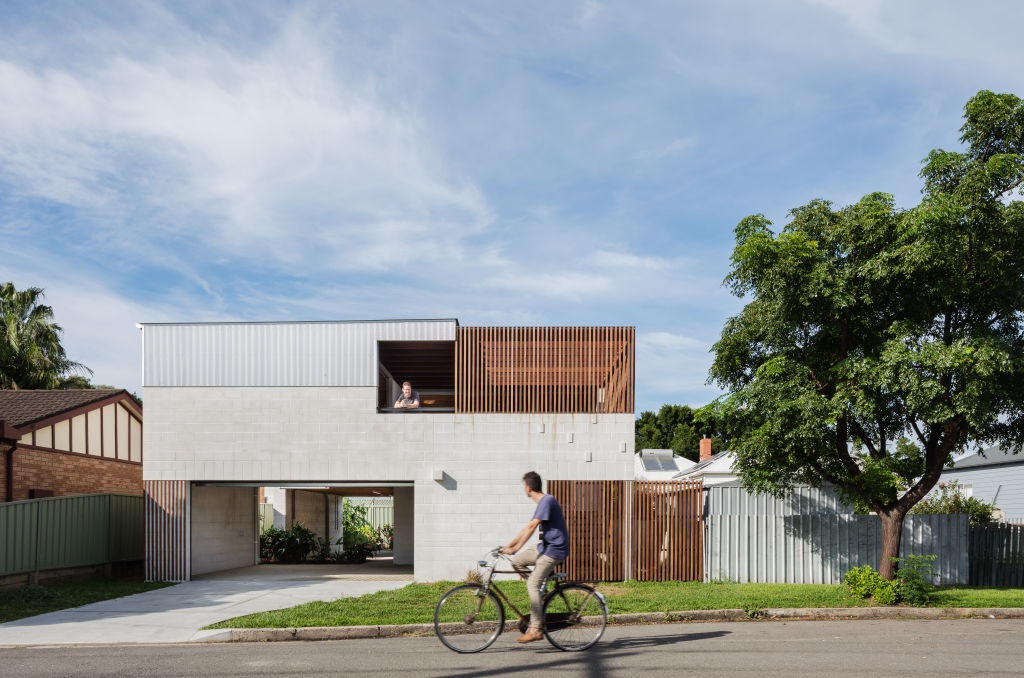
The jury opined that the house emerged as “a humble, beautifully-considered composition” full of “delight and invention”.
Roof tiles are also products of fired earth and over in Perth, in established Subiaco, a new house not only implies the gifting of generous open space on a corner site, but disguises a second level in a mostly single-storey neighbourhood by lifting up a roofscape as a tall-hat of terracotta tiles.
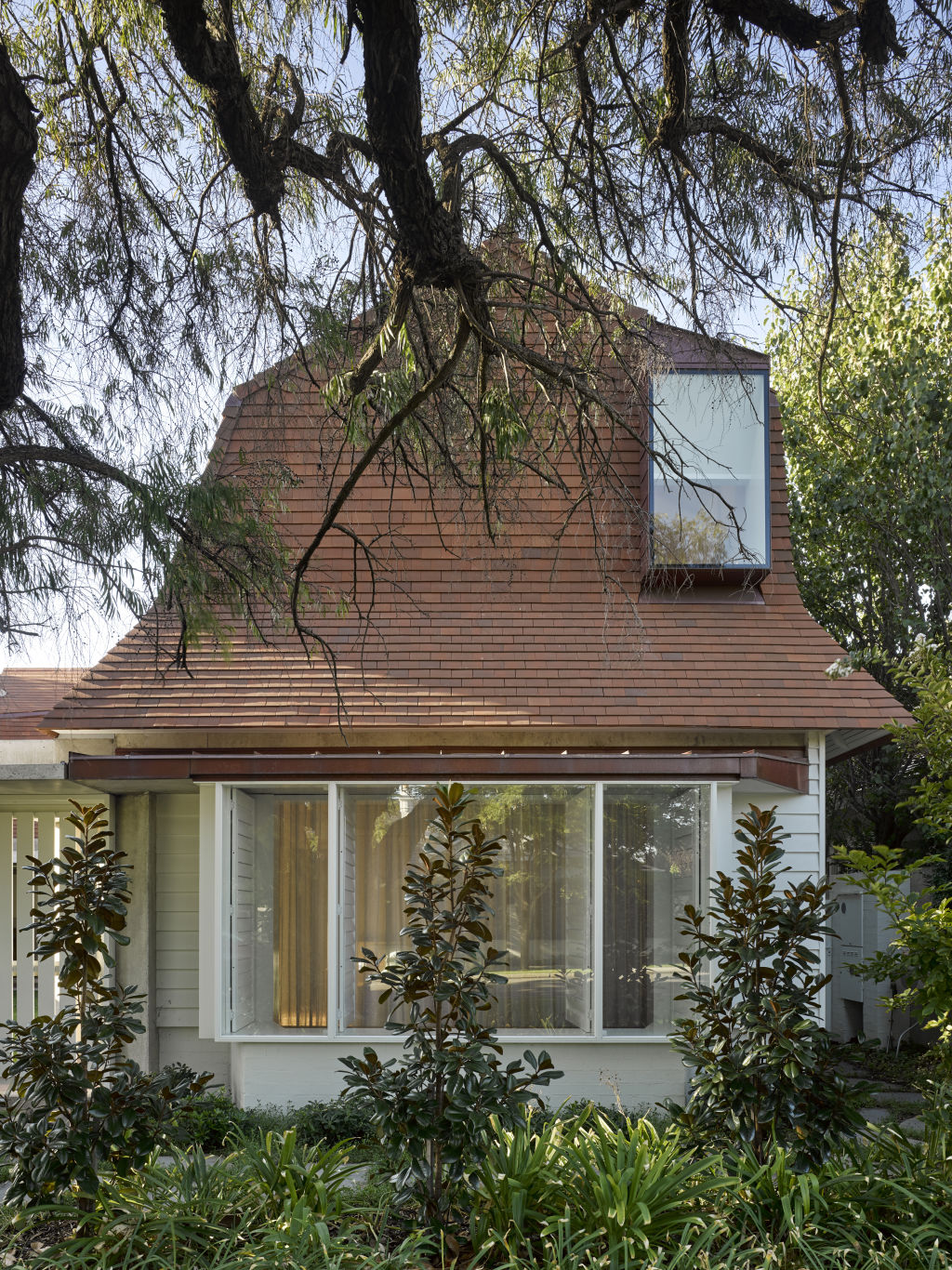
This sensitivity to local character is a trademark of Brisbane’s Vokes and Peters, and won the house the Robin Dods Roof Tile Excellence Award.
The jury said, “spatially and geometrically nuanced, it showcases the elegance and complex forms of a roof tile when detailed correctly with care”.
Muir Architecture and OPENWORK won the Landscape Award for their ground plane collage in adding “tapestry-like” paved topologies in the gardens of Melbourne’s National Gallery.
Meanwhile the joint winners of the Horbury Hunt Commercial Award are both standout Sydney buildings and both took trouble to fit in with their historic precincts.
Koichi Takada Architects’ lyrical eight-level masonry podium that fronts the taller office towers of Arc, in Clarence and Kent streets in Sydney, accedes to the established aesthetic of the next-door warehouse.

Made with 300,000 handcrafted bricks, the jury said Arc makes “a very special contribution to the City of Sydney”.
Co-recipient in the commercial category is Smart Design Studio’s colossal Green Square rail operations centre that has two massive arches referencing the tunnels and bridges of Victorian-era railway construction.
The jury recognised it as harkening back “to the glory days of public infrastructure”.
We recommend
We thought you might like
States
Capital Cities
Capital Cities - Rentals
Popular Areas
Allhomes
More
